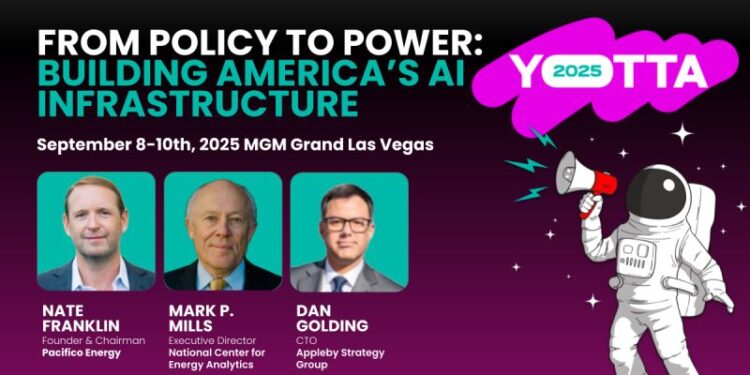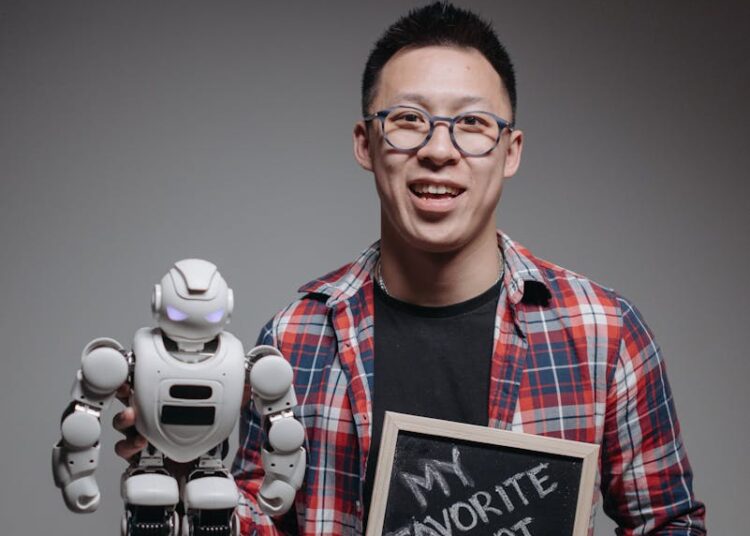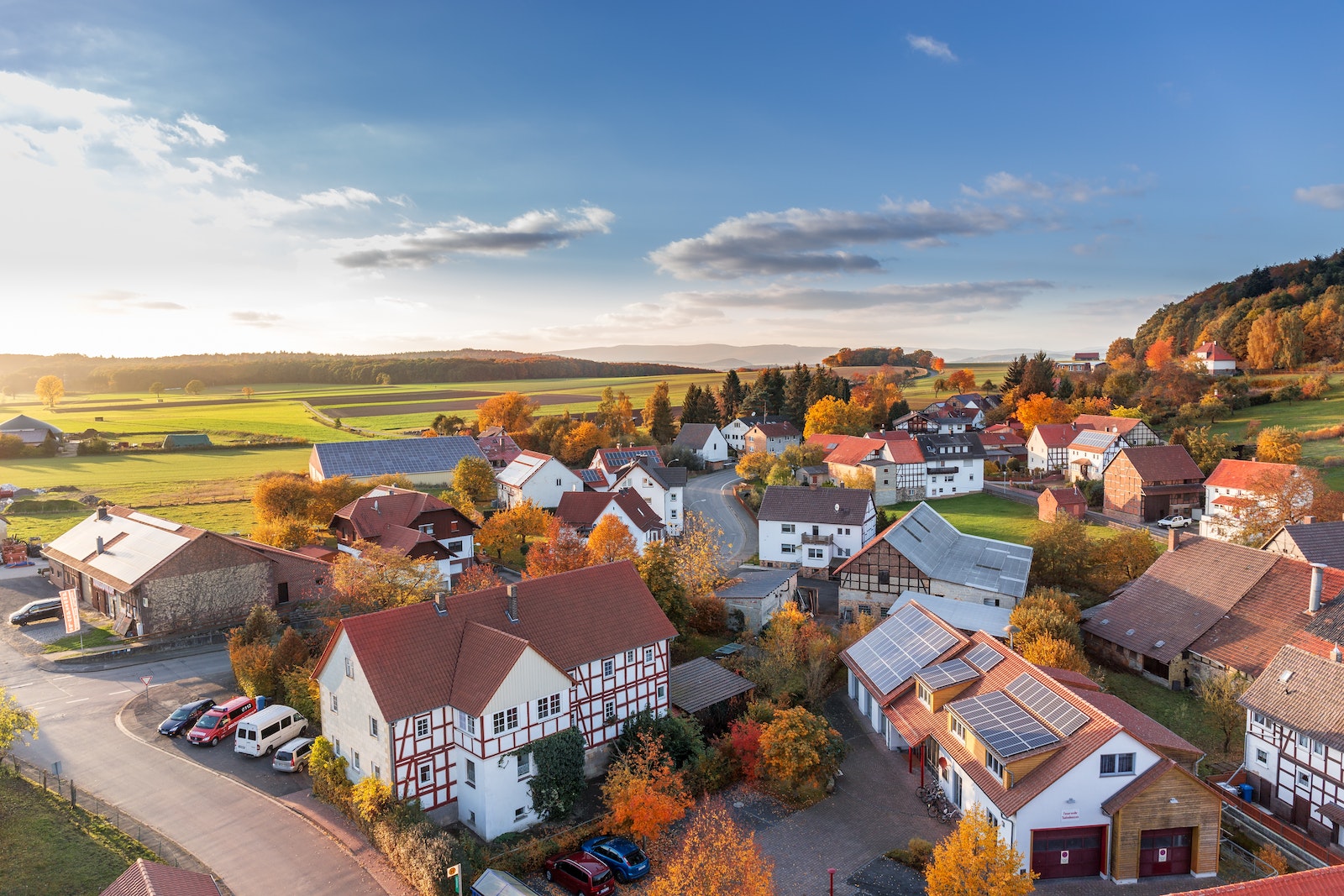Walking through Yotta 2025 in Las Vegas, I couldn’t help but feel like I was attending the CES of AI and energy. The MGM Grand was buzzing with executives, engineers, policymakers, investors, and innovators — all converging on one question: how will we power the AI revolution?
The expo floor stretched with next-gen cooling systems, modular power units, and immersive demo pods. Panel sessions overflowed with attendees. And behind every conversation, whether on stage or in the networking lounges, one truth kept surfacing: the future of AI will be determined by who controls the energy.
My Personal Highlights
Pacifico Energy’s Nate Franklin
The single most compelling moment of the entire event for me came from Nate Franklin, Founder & Chairman of Pacifico Energy. On the main stage with Mark P. Mills (National Center for Energy Analytics), Franklin delivered a powerful message: the U.S. cannot maintain its competitive edge in AI without revolutionizing how we deploy power.
Pacifico’s flagship answer is GW Ranch in Pecos County, Texas — a 5-GW off-grid campus powered by natural gas, battery storage, and hybrid co-generation. Unlike most projects stuck in grid interconnection queues, GW Ranch is designed to move fast, delivering 1 GW by 2028 and scaling to 5 GW by 2030.
Franklin framed this project not just as infrastructure, but as national security — ensuring America’s AI future doesn’t get bottlenecked by outdated grid processes. It was the type of leadership moment that gives the industry confidence.
The Cooling Wars Heat Up
At Yotta, cooling was no sideshow — it was center stage.
- ZutaCore showed how direct-to-chip liquid cooling can radically cut energy use.
- Nautilus Data Technologies impressed with water-based cooling systems designed for hyperscale expansion.
- Motivair, now part of Schneider Electric, highlighted immersion cooling solutions for dense racks.
- Carbice unveiled advanced thermal interface materials pushing the boundaries of AI hardware performance.
- Eaton and Airedale by Modine both emphasized scalability in next-gen cooling infrastructure.
It was clear: without efficient cooling, AI at scale is impossible.
The Big Names, All In
When you see the world’s largest tech companies on the same stage, you know the conversation has shifted.
- AWS (Vibhu Kaushik) spoke on powering hyperscale AI while strengthening grid partnerships.
- Google (Noah Goldstein) described sustainable construction approaches to data centers.
- Microsoft (Charlie Sellars) emphasized transparency in sustainability reporting.
- Meta (Julie Lieb) discussed NetZero pathways and digital sustainability teams.
- Bloom Energy (KR Sridhar) shared breakthroughs in fuel-cell deployments for AI-ready campuses.
- OpenAI leaders highlighted how compute demand is scaling faster than even optimistic forecasts.
The takeaway: the hyperscalers are no longer talking about “if” energy strategies need to change — they’re competing on “how fast.”
Investors Betting Big
AI + energy is no longer a speculative theme — it’s a multi-trillion-dollar buildout, and financiers are pouring in.
- McKinsey & Company brought research on the $7 trillion data center revolution.
- KKR detailed private equity strategies in sustainable infrastructure.
- Generate Capital showcased investments in clean energy + digital convergence.
- DigitalBridge and Sidewalk Infrastructure Partners spoke about capital stacking for AI campuses.
The tone was aggressive: investors are racing to back projects like GW Ranch that can bypass delays and deliver power directly to AI clients.
Startups Stealing the Spotlight
Yotta wasn’t just about the giants. In the Innovate Arena, startups pitched bold solutions:
- CoolGradient: advanced software modeling thermal loads in AI clusters.
- DG Matrix: hardware accelerators for efficient power flows.
- Blumen: modular energy systems designed for data centers.
- GeoAlaska: geothermal-powered AI campus designs.
- Amp Americas: scaling renewable natural gas infrastructure for heavy compute.
- Carbice and Emerald AI showcased how materials science and AI strategy are converging.
The message? Innovation is alive at every layer of the stack.
Why It Matters to Me
As the founder of EcoBusinessNews.com and PositivePhil.com, my mission is to amplify stories at the intersection of sustainability, technology, and entrepreneurship.
Yotta 2025 reinforced my belief that AI and energy are the twin engines of the new economy. From Franklin’s vision at Pacifico Energy to AWS and Google’s sustainability roadmaps, the leaders who can deliver both innovation and reliable power at scale will shape the next decade.
But beyond the panels and products, what stood out most was the urgency. You could feel it in every conversation. There is no time to wait for incremental solutions. AI is moving faster than regulation, faster than infrastructure, and faster than traditional utilities. Developers like Pacifico, innovators like ZutaCore, and investors like KKR are stepping in to close the gap.
Bottom Line
✨ This was more than a conference — it was a turning point.
- The energy transition and the AI revolution are no longer separate stories. They are one.
- Whoever delivers scalable, resilient, and clean power first will control the trajectory of AI.
- Projects like Pacifico Energy’s GW Ranch are setting the pace, and the rest of the industry is scrambling to keep up.
I left Yotta 2025 inspired, energized, and more convinced than ever that the future belongs to those who can think big, act fast, and power AI responsibly.
👉 For more Positive Phil insights, podcasts, and eco-business spotlights, visit PositivePhil.com.

















